Bullying doesn’t look the same as it used to, that’s for sure.
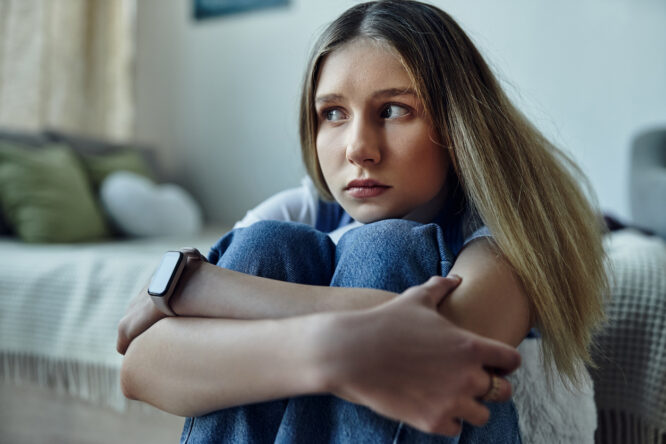
It’s no longer just name-calling on the playground or someone getting pushed around after school, though those things certainly still happen. However, these days, it’s quieter, faster, and often harder for adults to spot. However, the impact is just as damaging, sometimes more. If you’re a parent, teacher, or anyone who works with young people, here are some things you really need to know about how bullying works now.
It doesn’t stop at the school gates anymore.
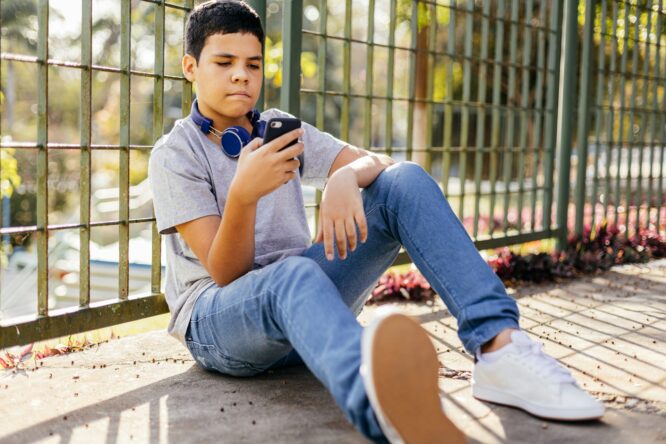
Thanks to phones and social media, bullying follows kids home. It’s not just what happens in the corridor or on the bus. It’s DMs, group chats, posts they weren’t tagged in but were clearly about. There’s no off switch. Even when school’s done for the day, the anxiety keeps ticking. Kids are trying to manage their reputations, friendships, and safety 24/7, and that constant pressure can wear them down fast, especially when no one else notices it’s happening.
Exclusion hits just as hard as insults.
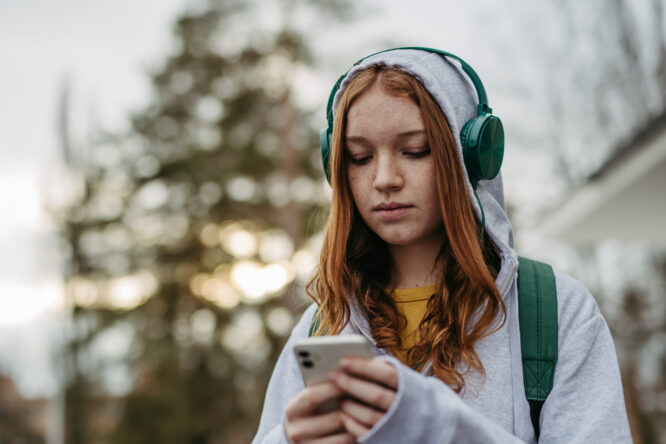
Modern bullying isn’t always aggressive; silence is used as a weapon as well. Being deliberately left out of group chats, parties, or collaborations can cut just as deep as direct teasing. The pain is in knowing it was on purpose. That sort of social freezing-out can be subtle and hard to prove, but it still messes with a child’s self-worth. And because there’s no loud confrontation, adults often miss the signs completely.
Group bullying is more common than one-on-one.
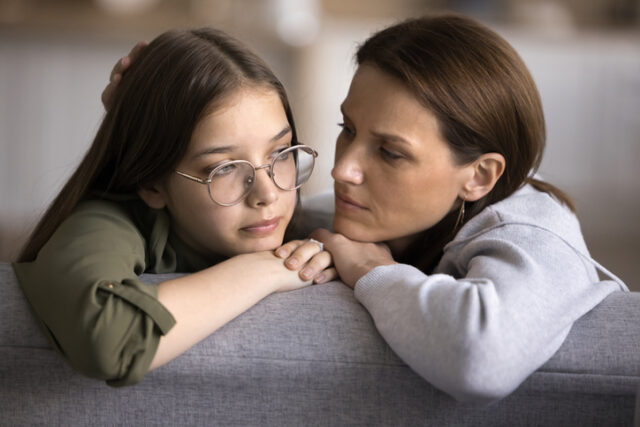
Kids rarely act alone when it comes to bullying anymore. It often happens as a group—sometimes with one ringleader, sometimes just a pack mentality. Screens make it easier for everyone to pile on without feeling responsible. In group situations, it’s harder to trace who said what or who started it. However, that doesn’t make the impact any less severe. In fact, being targeted by a crowd can feel even more isolating and overwhelming.
A lot of it happens under adult radar.

Modern bullying is sneaky. Kids use disappearing messages, code words, or separate accounts adults aren’t aware of. To teachers and parents, everything might look fine, but under the surface, something very different is going on. If a child seems withdrawn, overly anxious about their phone, or suddenly doesn’t want to go to school, it’s worth asking gentle, open-ended questions. Don’t assume that no noise means no problem.
“Just ignore it” doesn’t work like it used to.

That old advice might’ve worked when bullying meant one kid shouting on the playground, but when it’s happening online, or tied into someone’s entire friend group, it’s not that simple. Ignoring it can feel like saying, “Just pretend none of this matters.” Kids today are deeply plugged into their online world. Asking them to ignore cruelty is like asking them to ignore a fire in their bedroom. They need support, not just slogans.
Even “jokes” can cause real harm.
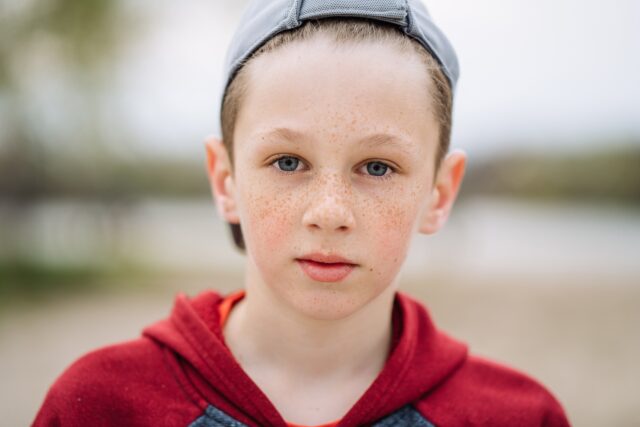
So much of modern bullying is disguised as “just banter” or “we’re just messing around.” But when someone’s the constant punchline, it eats away at their confidence, even if the tone is light. Adults need to help kids understand that intent doesn’t cancel out impact. If someone says it hurts, it matters. And if a kid is always on edge around their friends, it might be a sign something’s off beneath the surface.
Social status makes it harder to speak up.

Sometimes the bully is the popular one. The charismatic kid who gets away with everything because they’re liked by teachers or always cracking jokes. That makes it harder for the target to speak up because they know they might not be believed. Just because a child isn’t “acting like a bully” in front of you doesn’t mean they’re not creating harm behind the scenes. Pay attention to power dynamics, not just behaviour in plain sight.
Some kids don’t even realise they’re being bullied.
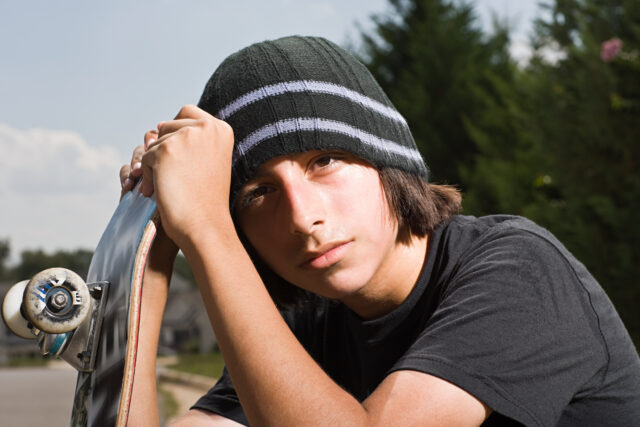
If someone’s been picked on for a long time, they might just think that’s how friendship works. They’ve adapted to the role of the target so gradually that they don’t even recognise it as mistreatment anymore. Check in when kids talk about being “teased all the time” or “getting roasted” constantly. If it’s always one-sided, or they seem anxious about being around certain people, something deeper might be going on.
Kind kids can be bullies too.
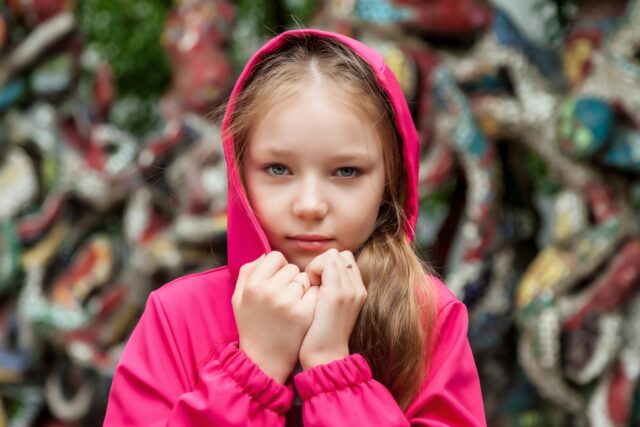
We all want to believe our kids are the kind ones. But good grades, polite manners, and helpfulness don’t automatically mean someone’s kind when adults aren’t watching. Bullying can come from kids who “know better.” It’s not about labelling kids as bad; it’s about realising that anyone can fall into harmful behaviour, especially in group settings. What matters is how they respond when they’re called out, and whether they take responsibility.
Mental health can take a hit fast.
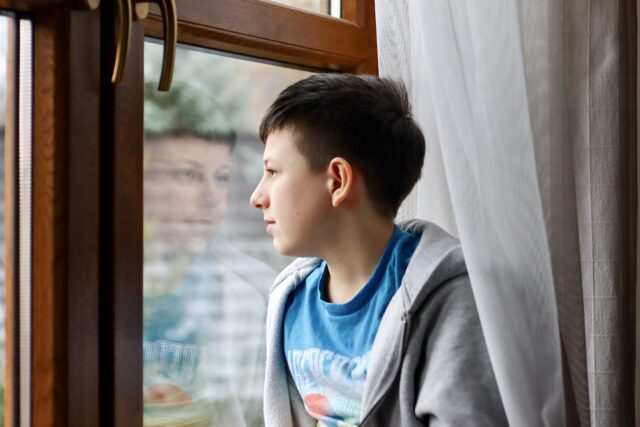
Modern bullying doesn’t just hurt—it can spiral. Anxiety, panic attacks, depression, self-harm… it can escalate quickly, especially when it’s digital and constant. Kids often hide how bad it’s got until they’re in real distress. Don’t wait for a big breakdown. If a child seems tired all the time, irritable, suddenly struggling in school, or unusually quiet, check in. The emotional toll of bullying isn’t always obvious. A lot of times, it’s silently crushing.
Not all adults know how to handle it well.
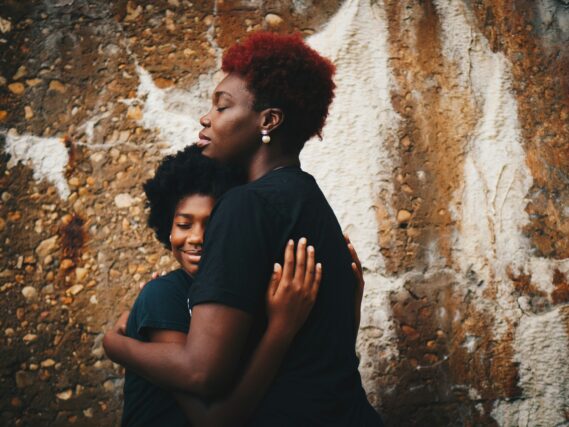 Source: Unsplash
Source: Unsplash Some teachers or parents downplay bullying, especially if they think it’s just “kids being kids” or they don’t fully understand the digital side of things. That can leave kids feeling even more alone. When a child opens up, the most important response is to believe them, and then act. Dismissing it, joking about it, or delaying intervention just makes the damage worse. Take it seriously the first time.
Prevention is about culture, not just policies.
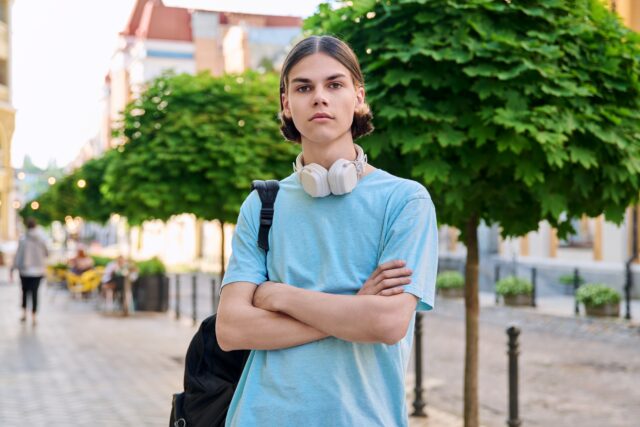
Anti-bullying posters and policies help, but what really makes a difference is the everyday tone of a classroom or home. Are kindness and boundaries modelled regularly? Do kids see adults call out disrespectful behaviour calmly and consistently? Creating a safe space takes more than assemblies. It takes how we speak, how we listen, and how we show kids that empathy isn’t optional. It’s a daily thing, not a one-time message.
Listening is more powerful than lecturing.

When a child shares something, whether they’re the one being bullied or someone who’s witnessed it, the goal isn’t to fix it in 30 seconds. It’s to listen. Properly. Without jumping in with advice too soon. Often, kids just need to feel heard before they can figure out what they need next. That kind of calm, open support gives them the confidence to speak up again. That alone can make a massive difference.




